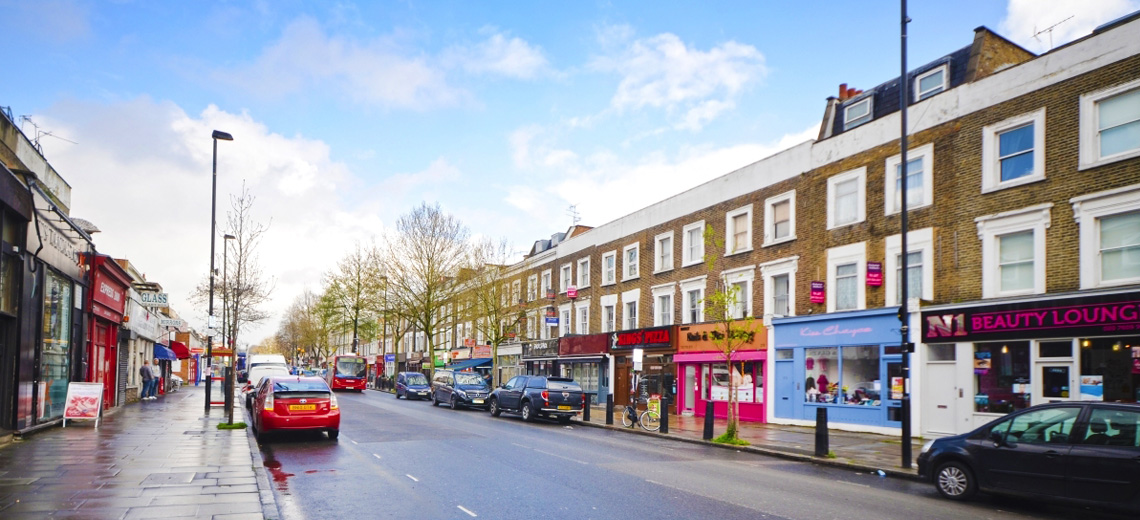Exploring the Safety of Barnsbury: A Community Perspective
Nestled within the vibrant borough of Islington in London, Barnsbury is a neighborhood known for its leafy streets, charming architecture, and close-knit community. However, like any urban area, concerns about safety often arise among residents and visitors alike. In this article, we delve into the safety of Barnsbury, examining both statistical data and the lived experiences of those who call this neighborhood home.
Crime Statistics
Understanding the safety of any area requires an analysis of crime statistics. According to recent data from the Metropolitan Police, Barnsbury exhibits lower crime rates compared to many other parts of London. Common crimes such as burglary, theft, and antisocial behavior are reported at levels below the city average. This statistical insight provides reassurance to residents and visitors regarding the relative safety of the neighborhood.
Community Engagement
Beyond statistics, the sense of safety in Barnsbury is deeply intertwined with its strong sense of community. Residents here often cite the supportive network of neighbors as a crucial factor in their feeling of security. From neighborhood watch programs to regular community events, Barnsbury exemplifies the notion that safety is not solely about crime rates but also about the strength of social bonds.
Public Spaces
Public spaces play a significant role in shaping the safety of any neighborhood. In Barnsbury, well-maintained parks and green spaces provide residents with areas for recreation and relaxation. The presence of local amenities such as well-lit streets, CCTV cameras, and regular police patrols further contribute to a sense of security among residents, especially during evening hours.
Perceptions vs. Reality
While statistical data and community engagement paint a positive picture of safety in Barnsbury, it’s essential to acknowledge that perceptions of safety can vary from person to person. Factors such as personal experiences, socioeconomic background, and cultural differences can influence how individuals perceive safety in their surroundings. Therefore, while many may feel secure in Barnsbury, others may hold differing opinions based on their unique perspectives.
Conclusion
In conclusion, Barnsbury stands as a testament to the idea that safety is not solely determined by crime statistics but is instead shaped by a combination of factors, including community cohesion, access to public spaces, and individual perceptions. While no neighborhood is entirely free from crime or concerns about safety, Barnsbury distinguishes itself as a place where residents actively work together to create a secure and welcoming environment for all. By fostering strong community ties and investing in the upkeep of public spaces, Barnsbury continues to uphold its reputation as a safe and desirable place to live, work, and visit.

